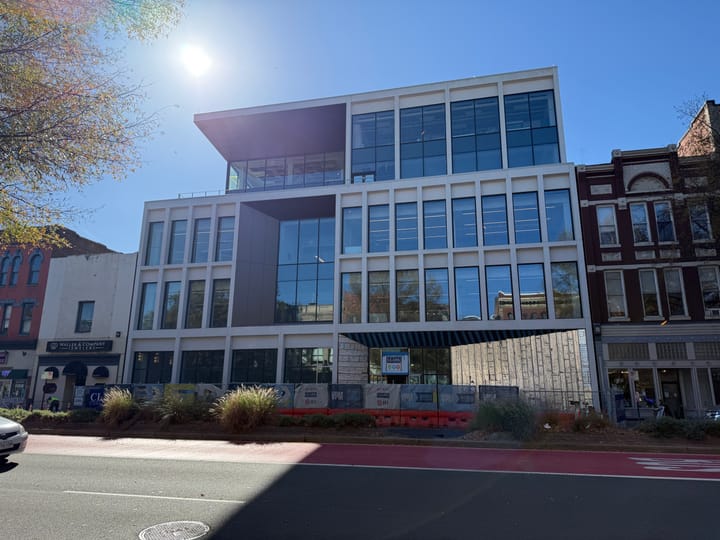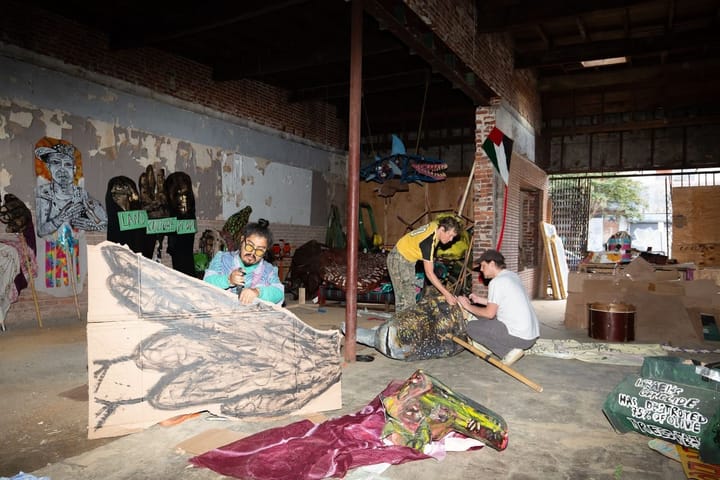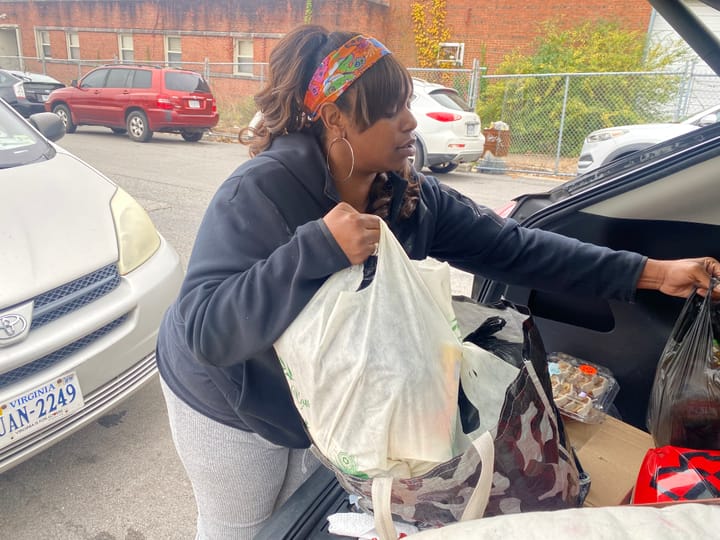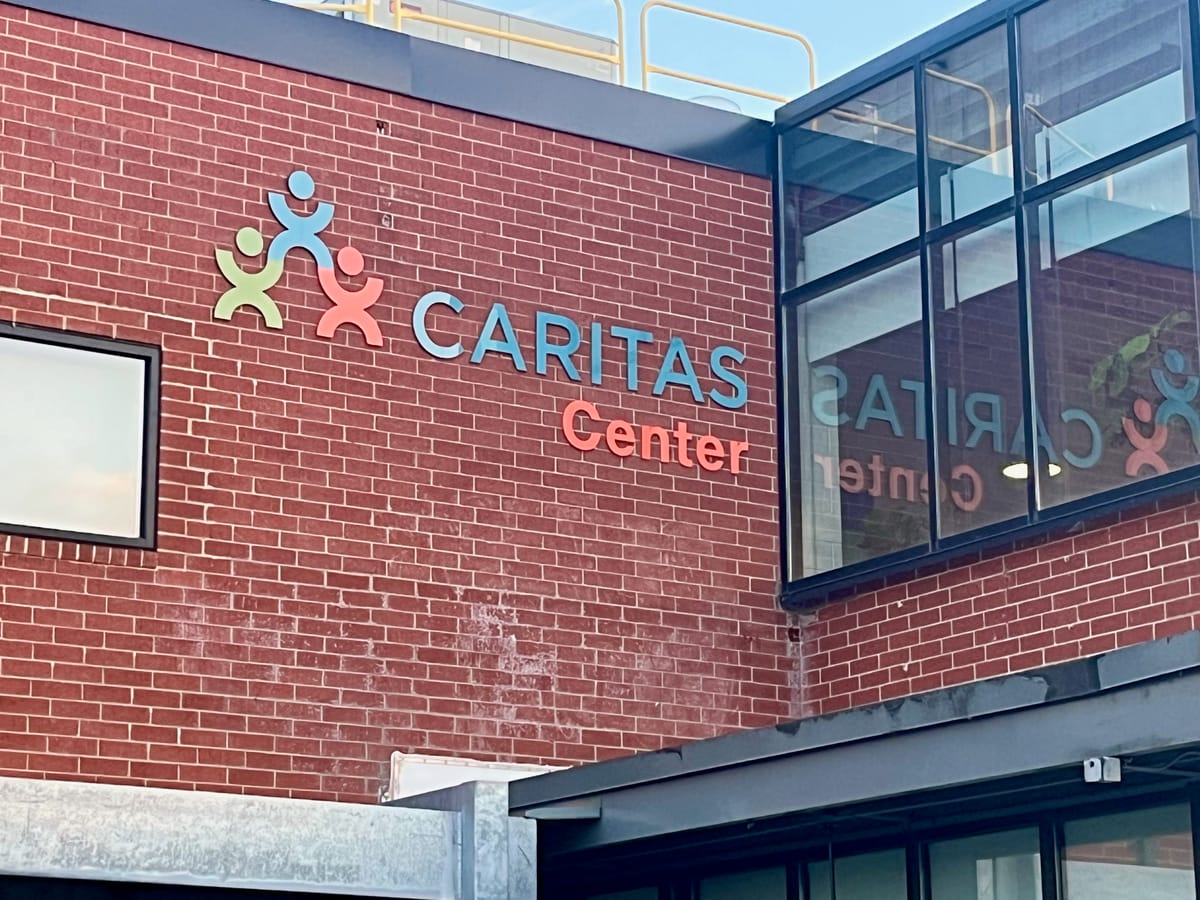
CARITAS forges onward at 40: Housing needs continue to increase as funding remains in jeopardy
Tucked away in the nook between Hull Street Road and Richmond Highway is a beacon of hope for Richmond’s homeless and those recovering from addiction.
It’s a neighborhood of auto repair shops, towing yards and sporadic small homes, but the 150,000-square foot CARITAS Center is right where it should be, because the renovated space allows the group to offer a slew of services under one roof for those who need it.
“All our services fall in two groups: Housing and Homeless Services and Recovery Services,” said Clara Stokes, chief advancement officer. “In those two buckets we have a total of five programs, starting with the emergency shelter. And that's how most people in the Richmond community kind of know us and know our name.”
CARITAS started as an emergency shelter winter cot program 40 years ago, said Stokes.
“We [now] have 28 beds for women and 36 beds for men. We are the only shelter for women in the area,” she said, meaning beds for emergency shelter use.
CARITAS has two locations in Richmond. At the Stockton Street location women can get access to the emergency shelter and The Healing Place. But also in the center sits a huge furniture bank — which is filled with small refrigerators, couches, tables and bed bug-free mattresses — and the Recovery Residences, which are 47 small, one to two bedroom apartments that serve both men and women.
A few blocks away on Dinwiddie Avenue is an emergency shelter just for men, as well as their own Healing Place. Stokes said CARITAS isn’t able to take in families, but there are shelters equipped for this elsewhere in Richmond, such as HomeAgain Richmond.
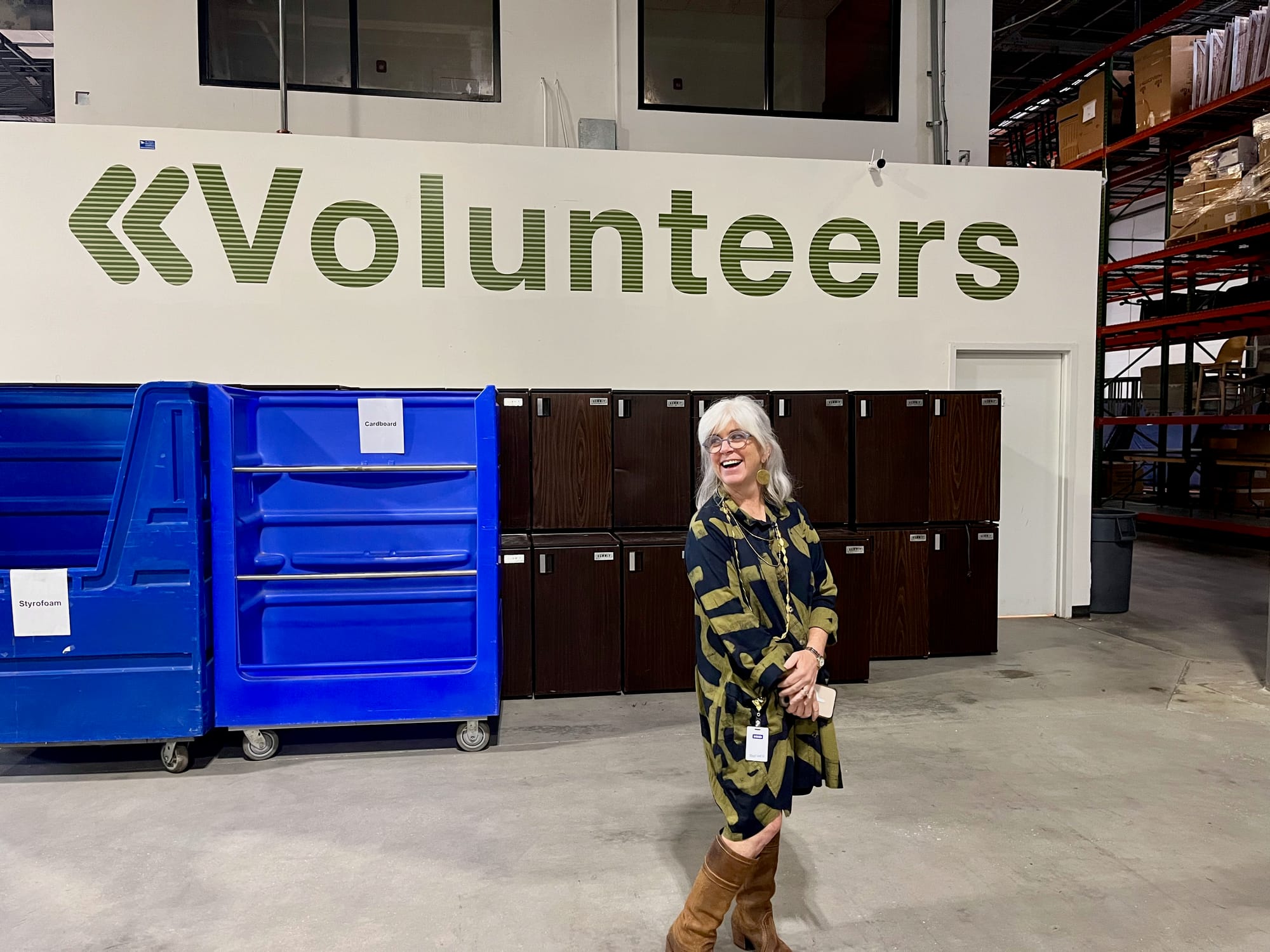
A Branding Problem
Karen O’Brien, president and chief executive officer, said even with a dedicated base of donors for more than 40 years, which has allowed the organization to grow, there have always been challenges.
“People hear the word CARITAS and they know who we are, which is really great,” said O’Brien. “They don't know everything we do, people still think we're in the churches.”
It’s because of this that staff and alumni often go out into public spaces to spread the word about what the organization does.
“It's about us being able to share our story, let people know all the work that we're doing,” said O’Brien. “We have more than 400 beds under our roof. And people don't know that CARITAS is really that big of a footprint and that big of a safety net here in the Richmond area.”
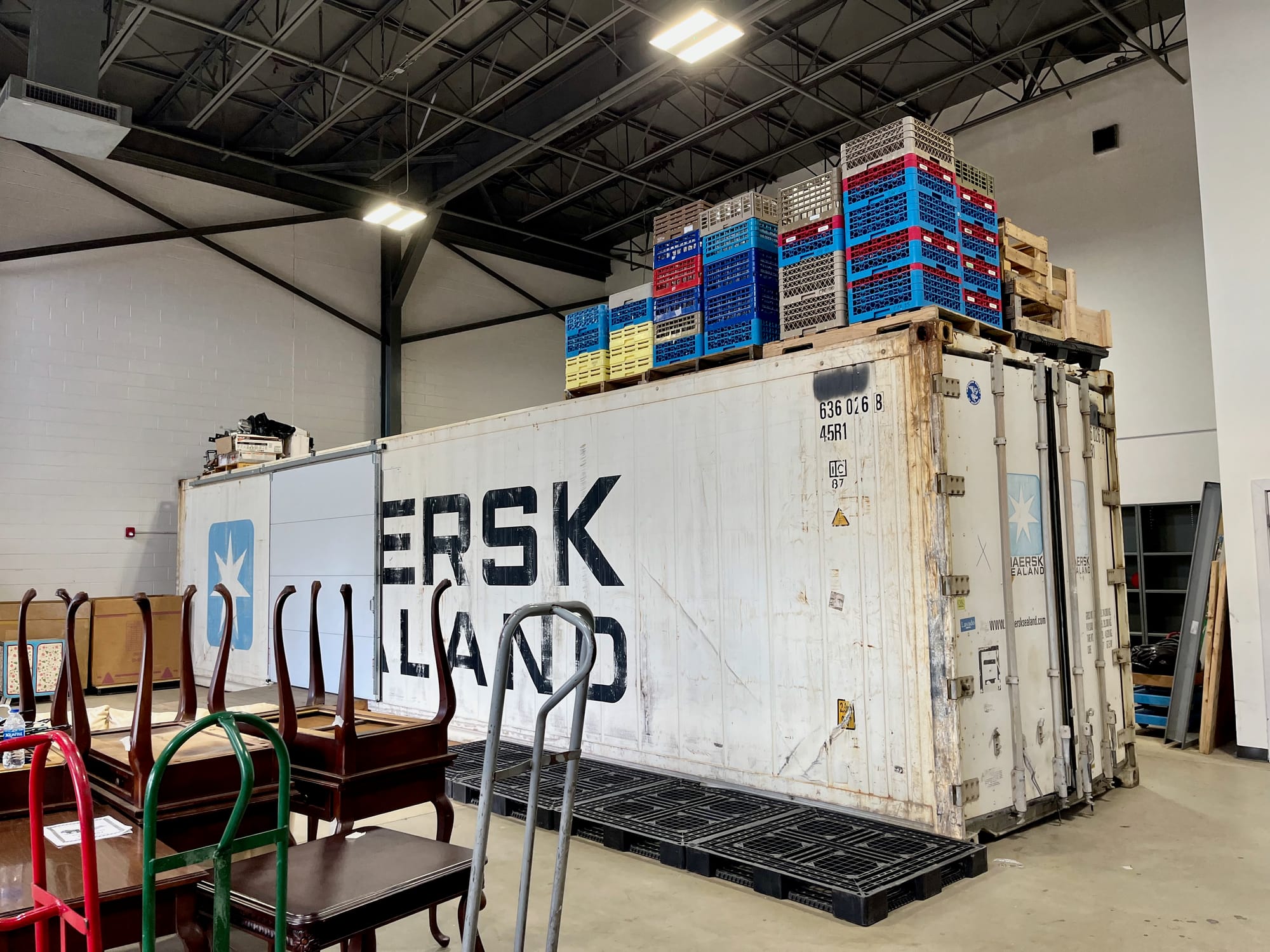
Future Funding
O’Brien has seen the organization grow from having a $2 million budget into an almost $9 million one now because of all the programs and services they offer. Many of the funds they take in are from grants and donors, including many local corporations.
“We do need more donors. And we need all of our donors to realize that we need their help and we may even need more help,” she said. “Because the costs go up and it doesn't stay the same.”
The current political landscape is also serving up a lot of unease, said O’Brien. She said the uncertainty of the market is challenging, especially for some of their partners who rely on direct funding from the Department of Housing and Urban Development.
“We are not directly HUD funded. We watch what happens at the federal level and [if] it will affect us sort of sideways through the state. We’re always watching,” said O’Brien.
“Fortunately more than half of our funding comes from private donations or foundations. It’s more on the philanthropic side. So we're really grateful for that.”
She said they’re monitoring the landscape and they’re keeping an eye on funding for Medicaid to see if it’ll shrink at all.
“The uncertainty [has] in my opinion, created a lot of fear, a lot of angst, a lot of anxiety,” said O’Brien. “A lot of people are doing really hard work. And we're on the front lines of working with some of the hardest people to work with. And now we have this other factor that is causing this angst and churn, which doesn't help the work get done.”
O’Brien said they are still working to close a small gap in their budget from moving into their building more than five years ago.
“We knew it was going to be a big step, but COVID sort of derailed us a little bit,” said O’Brien. “So we're still working to close that gap in our regular operating fund. My dream is that we will have a $30 million endowment that will allow this work to go on way past me being here. Because homelessness and addiction are not going to go away.”
One disturbing trend Stokes is seeing lately is people who are 60 or older experiencing homelessness.
“Is that not just like a societal failing? Just horrific. And so we're seeing that aging population in our shelter,” Stokes said. “Five years ago you never saw a rollator, you know, the walker. Now, there's always several people that have walkers in an emergency shelter, just really struggling. We as a community have to figure out how to solve that better.”
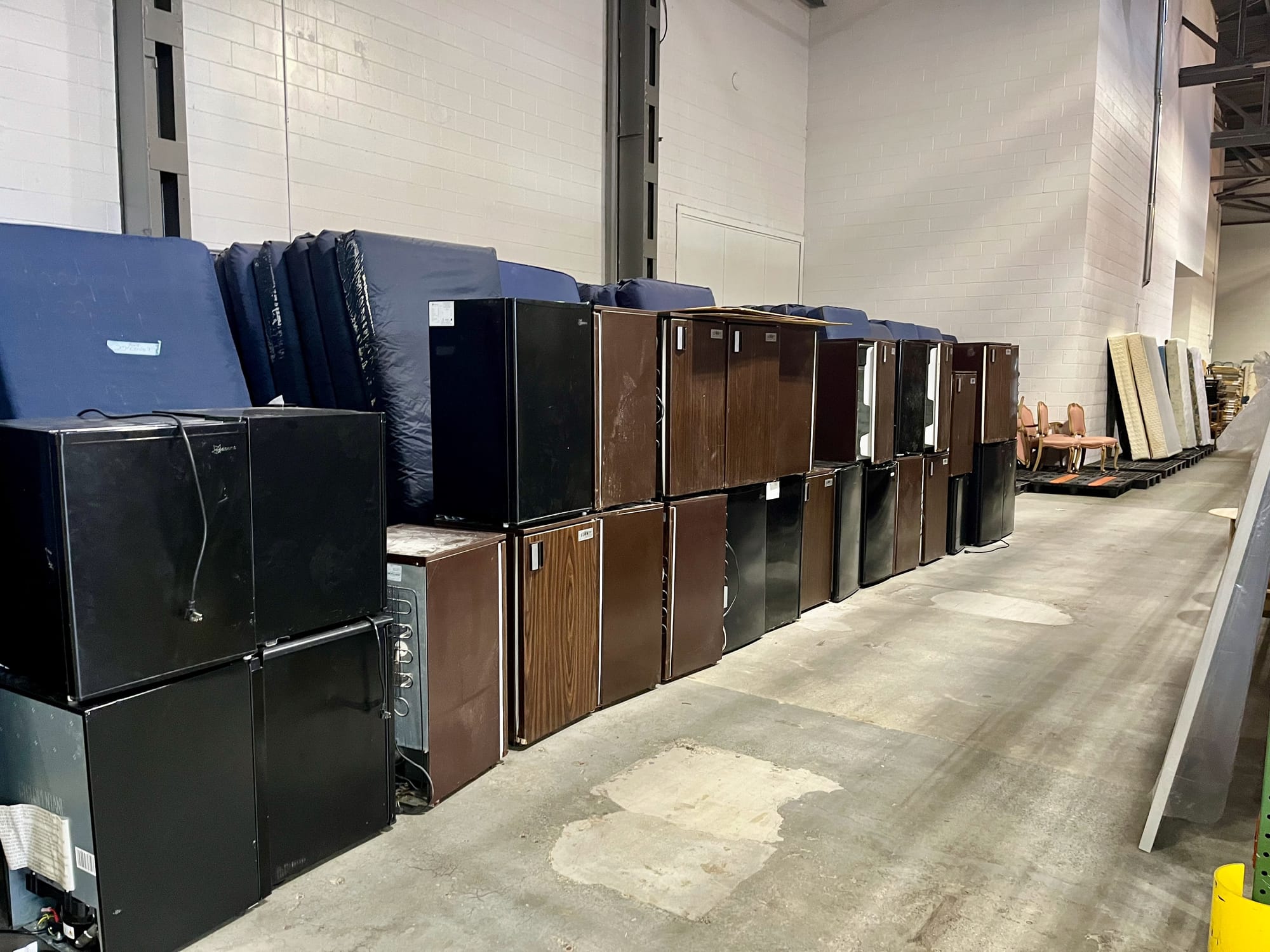
How CARITAS works
If someone were experiencing homelessness or on the verge of it, they would call the Homeless Crisis Line at 804-972-0813, which is run through the The Greater Richmond Continuum of Care and is able to place people throughout the region.
Stokes said it’s a central number that can direct a person to any of the available beds in the city. It’s a large coordinated effort. Every morning, the shelters who are part of the continuum call and let the COC know if they have any beds available. By that night, the empty beds will be full again.
“That's the way it should work,” said Stokes. “Our beds remain full, and there's not enough beds in our community. The purpose of the shelter and the goal of the emergency shelter is housing.”
But first there’s an assessment.
“Basically, it's a risk assessment,” said Stokes. “They determine who's most at risk for dying on the street. And they get priority because there aren't enough emergency shelter beds for everyone.”
CARITAS is also what’s known as a low barrier shelter.
“That means it's accessible,” said Stokes. “We don't turn people away.” But, if there are more serious health or mental health issues, CARITAS staff will refer that person to a partner agency that can support them.”
People are able to stay in the shelter for up to 60 days, while CARITAS gets them “housing ready,” she said, adding that many people who stay in the emergency shelter have sometimes lost their home to fires or other emergencies and are connected to them via the Red Cross.
“That's the time limit for us. They can get extensions if they are working their housing plan to get in,” said Stokes. “The problem is there's not enough affordable housing out there. There's not enough places for people to land.”
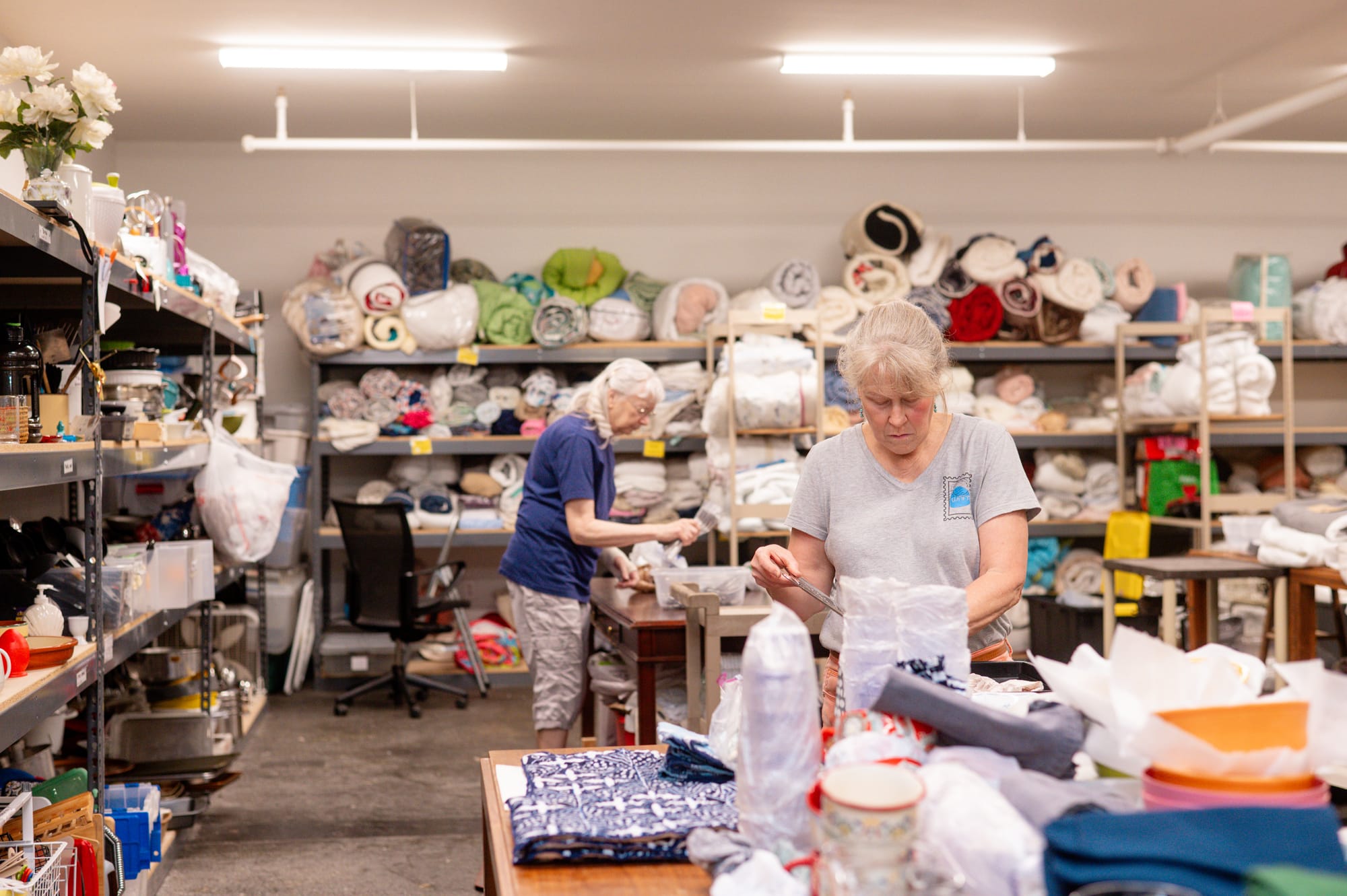
Moving up through the program
If residents who are seeking recovery from addiction need more help after staying in the emergency shelter, they can then move up and through different tiers of housing at the center, with each movement offering a little more room at each step. It ends with people being able to stay in The Recovery Residences on-site apartments.
But it all starts with “Off the Streets 1,” which can last up to four weeks. Here, classes are offered and meetings are held to see if the CARITAS recovery program is right for them. In “Off the Streets 2,” residents continue taking classes but also seek out sponsors to help them with recovery, and are also required to commit to the program. This process can take up to two weeks.
“There are parts of the Healing Place program [where] everybody does have a job,” said Stokes. “Once they get to a certain point and they help out with laundry or in the kitchen or security.”
The next step is called “Phase,” which can take up to four to five months, as residents work on their recovery at their own pace using the 12-step program. A five week program called “CARITAS Works” is next. The program gives people the tools – such as resume and computer skills, how to dress (with free business attire provided), and how to talk about their recovery and past, which could include jail time or parole expectations.
“The program culminates in mock interviews,” said Stokes. “We have professionals that come and actually do the interviewing. So when they commence and complete the program, they have a gold standard résumé. They have a personal statement, an elevator speech.”
One of the last steps is called “Transition,” which helps residents prepare to move out on their own and re-enter society. This can take up to 90 days. After that, they become alumni and are encouraged to help those just starting in the program.
The entire process could take up to three years at CARITAS, said Stokes. It’s a tough program for many residents to commit to.
“We're modeled after a program out of Kentucky, The Healing Place,” she said. “It's hard, but it works. There's no catch. You just have to be willing. That's the only catch. It's not easy, and it's not for everybody.”
Becoming Alumni
Many of the residents who go through the program end up working at CARITAS, with goals of giving back to the organization and to establish the tools of what it’s like working a regular job. Plus, they also have about 1,500 volunteers who help at the organization throughout the year.
For Jennifer Smith, who recently became an alumni, the need to give back because of her experience going through the program led her to become a peer mentor. She came to the organization near the end of 2023.
“It's a beautiful process coming through this and having the experience and the knowledge of how this program is. I can relate to the ladies. I can show more grace to them,” she said, adding that she’s just finished being on parole. “I can identify the anxiety and things that the women are going through as far as being on probation. I can have empathy for them and encourage them. I'm there for them.”
Smith said she tried different programs but wasn’t able to stay clean.
“I needed to sit down and have someone tell me exactly how to live a life,” she said. “This was a different atmosphere of recovery. It's a behavior modification program. We are big on accountability. It kind of breaks you down and builds you back up at the same time.”
James Jones is another new alumni, who like Smith, was honored with a celebration at the center back in September. He also decided to become a peer mentor, which he did for a year and later transitioned to working within CARITAS.
“I actually work with the Recovery Corps, and they have select positions that are filled in with the CARITAS organization. I'm the transitional navigator,” he said. “I'm the first contact between guys getting employment and leaving the healing place for men or women and moving up to the apartments. I do their intake, and I also help them with any resources they might need.”
Those resources can include helping them get their car or driver’s license back or looking for a car in general.
The overall goal to keep CARITAS going, said O’Brien, is to help the public understand they’re more than an emergency shelter “but also a long-term program that has long-term solutions that really help move them forward on pathways of healing and hope and self-sufficiency. We want people to be able to go out and live and reclaim their lives.”


